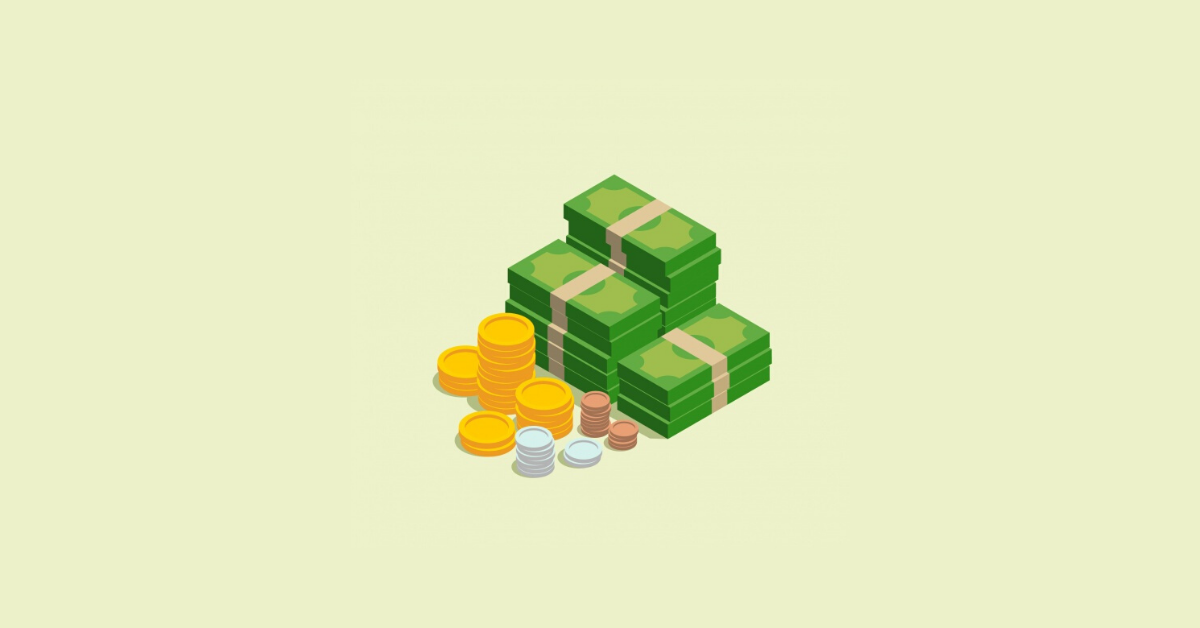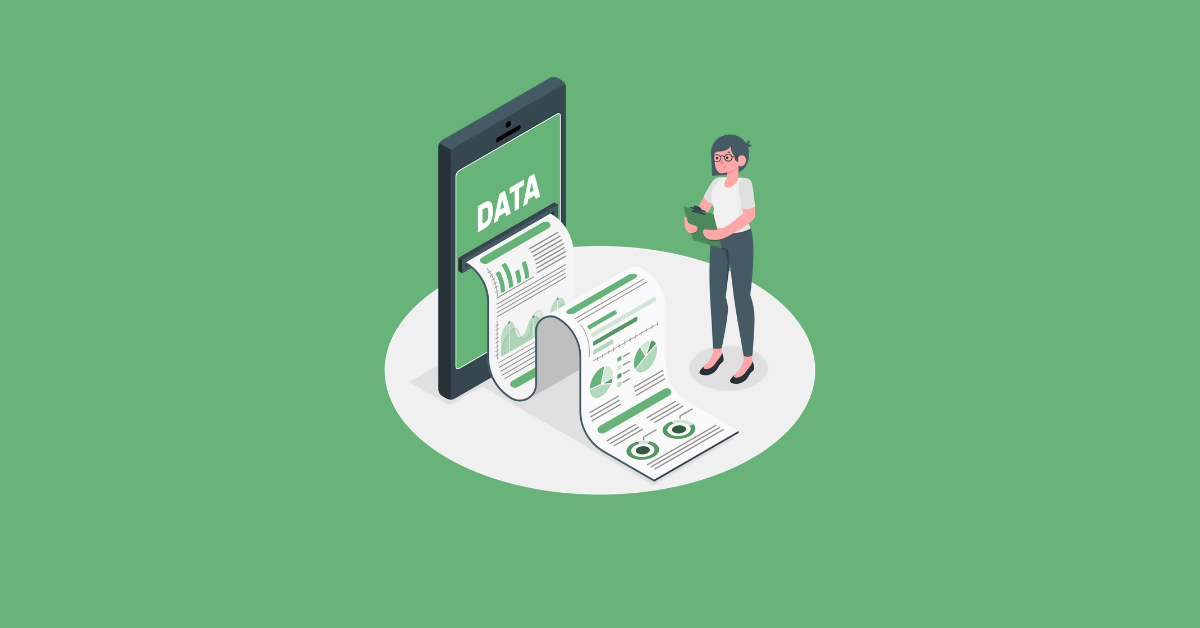Reading time: 4 min.
Exactly ten years have passed from the last financial crisis. Even though the crisis’s exact beginning is debatable, a turning point was definitely in September 2008 when Lehman Brothers, the fourth-largest investment bank in USA, filed for bankruptcy. Just one year before that, credit markets had been at an all-time high, while half a year after the bankruptcy, in March 2009, they had fallen to their lowest. Crowdfunding was a fresh approach in 2008 and credit markets had been actively operating for over 100 years – which leads us searching for answers to the title question from credit markets.
We have reached 2018. The ETF SPY, which tracks the 500 biggest companies in the US, had reached around 155 dollars by the market high-point and decreased to around 80 dollars during the fall, but today, it is traded at 265 dollars. Let us imagine purchasing shares in 2007 with the high-point price of 155 dollars. How would we react if we saw prices steadily falling on credit markets? Would we sell? With what price? What proportion? We might even feel faint because a constant decrease in prices could cause extreme unpleasantries, and we would even prefer not to follow the market. If we entered the market in the beginning of 2009, we might find ourselves at a completely different starting-point – we would have no personal relationship with market prices and trading would be somewhat smoother. Regardless, financial advisers in the US have said that in 2007, their phones were red and euphoric callers were asking information about all sorts of exciting companies, but in 2009, they were under the impression that they might as well terminate their contracts with phone companies, for market operators were scared to conclude any transactions. Trust in markets was persistently earned back and by the time investors came to the stock exchange, a new boom was already in full swing.
You might wonder, why does a crowdfunding marketplace write about credit markets on their blog? The truth is, we are not actually writing about credit markets so much as investing psychology. The behaviour of credit markets often represents the behaviour of investors.
Regardless of the preferred investment type, all investing is the same in a psychological sense: purchase when times are good, capitulate when times are hard. It should be exactly the opposite.
When investing a large sum of money, one must get it right twice: when making the investment and exiting the investment. But how could we, in January 2009, have known that in March, credit markets would hit the bottom? Or how could we know the market state in June 2019? It requires extraordinary perception (which most investors lack) to foresee such turns, and even then, one could easily be mistaken. We can achieve long-term success on markets, though, if we hit neither highs nor lows, but simply invest consistently.
Consistent investing enables us to overbear the need for market timing because we add investments to our portfolios in different phases of the economic cycle, so our portfolios do not depend on the actual state of one or few objects. When in 2014–2016, Crowdestate was mainly focused on equity projects related to intra-Estonian real estate development, then in 2018, we have taken the direction of financing companies. We concluded that risks have significantly increased in real estate development and while under appropriate conditions, real estate development is profitable at any stage of an economic cycle, access to such projects is more complicated than a few years ago. Financing companies have provided us with interesting opportunities and we have brought several projects to the market. A large proportion of those are recurring or phased, which is why crowdfunding has proven its ability to collaborate on projects that need larger sums of money.
Crowdestate has been able to constantly diversify the product portfolio and make sure that when investing a large sum of money, an investor’s portfolio would include objects of similar risk profile. Steady investments dissipate such risks, for even if the economy should suffer a fall, the market might open unexpected opportunities that could turn out to be a very profitable investment.
Don’t wait any longer to invest, and start investing with Crowdestate over HERE.



